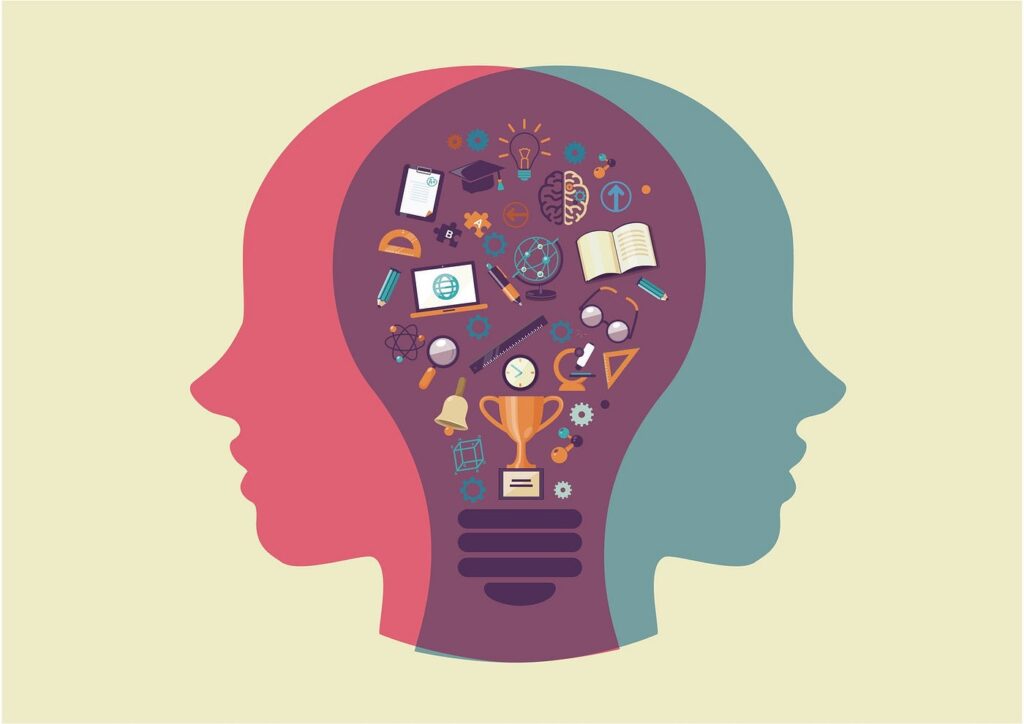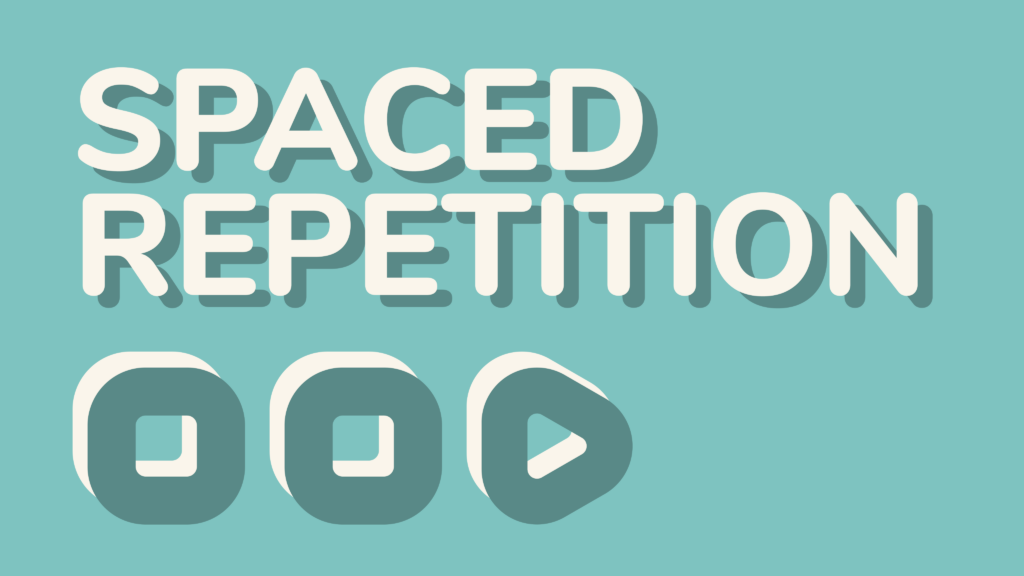
Remembering Made Simple: Techniques for Faster and Easier Learning
Learning is a fundamental aspect of human life. Whether we’re acquiring new skills, absorbing information, or studying for exams, our ability to remember and retain what we’ve learned greatly impacts our success. Fortunately, there are several techniques that can make remembering easier and more efficient. In this article, we’ll explore some simple yet effective techniques that can help you learn faster and remember more effectively.
1. Visualization

One powerful technique for enhancing memory is visualization. Creating mental images associated with the information you’re trying to learn can significantly improve your recall. For example, if you’re trying to remember a list of items, visualize each item in a specific location in your mind. This technique taps into your brain’s visual processing centers, making the information more memorable.
2. Mnemonic Devices
Mnemonic devices are memory aids that help you remember information by creating associations with familiar words, phrases, or patterns. Acronyms, acrostics, and rhymes are popular types of mnemonic devices. For instance, to remember the order of the planets in our solar system, you might use the acronym “My Very Educated Mother Just Served Us Noodles” (Mercury, Venus, Earth, Mars, Jupiter, Saturn, Uranus, Neptune).
3. Spaced Repetition

Spaced repetition involves reviewing information at increasing intervals over time. This technique capitalizes on the psychological spacing effect, where reviewing material at spaced intervals enhances long-term retention. Instead of cramming all at once, revisit the material periodically to reinforce your memory. The innovative Gizmo method, provided by Gizmo, one of the best Anki alternatives, offers a sophisticated approach to spaced repetition. This AI-powered tool personalizes your learning experience, adapting the intervals to your specific learning patterns and optimizing your memory retention.
4. Chunking
Chunking involves breaking down complex information into smaller, manageable chunks. Our short-term memory can only hold a limited amount of information at once, so by grouping related pieces of information together, you can remember larger amounts of content. For example, when memorizing a long sequence of numbers, you could group them into sets of three or four.
5. Storytelling

Human brains are wired to remember stories. Turning information into a narrative can make it more engaging and memorable. Create a story that incorporates the key points you want to remember. The narrative structure helps you establish connections between different pieces of information, making it easier to recall them later.
6. Active Learning
Passive reading or listening doesn’t always lead to optimal retention. Engaging in active learning, such as summarizing what you’ve learned, teaching the material to someone else, or solving problems related to the content, reinforces your understanding and memory. Active involvement with the material enhances your learning experience.
7. Mindfulness and Sleep

Practicing mindfulness and ensuring adequate sleep are often overlooked aspects of effective learning and memory. Mindfulness techniques, such as meditation, can reduce stress and improve focus, which in turn supports better memory formation. Additionally, sleep is crucial for consolidating memories. Aim for 7-9 hours of quality sleep per night to enhance your cognitive functions.
Conclusion
In conclusion, remembering information doesn’t have to be a daunting task. By incorporating visualization, mnemonic devices, spaced repetition, chunking, storytelling, active learning, mindfulness, and sufficient sleep into your learning routine, you can significantly enhance your memory and learning capabilities. Experiment with these techniques to find the ones that work best for you, and watch your ability to retain and recall information improve over time.
